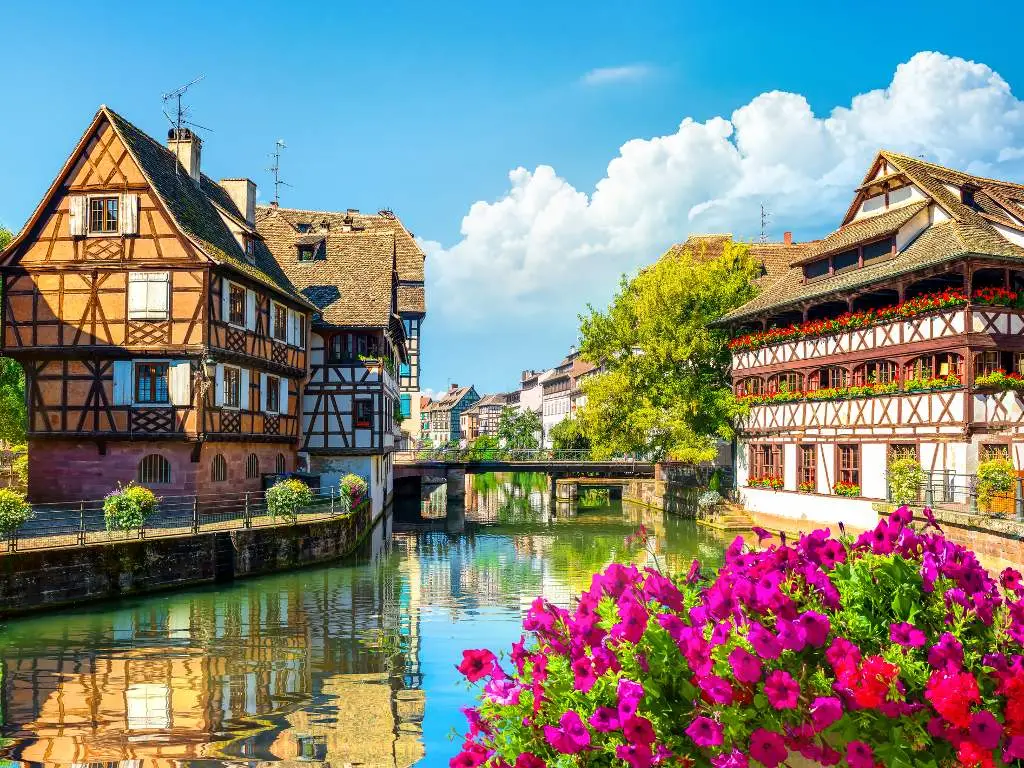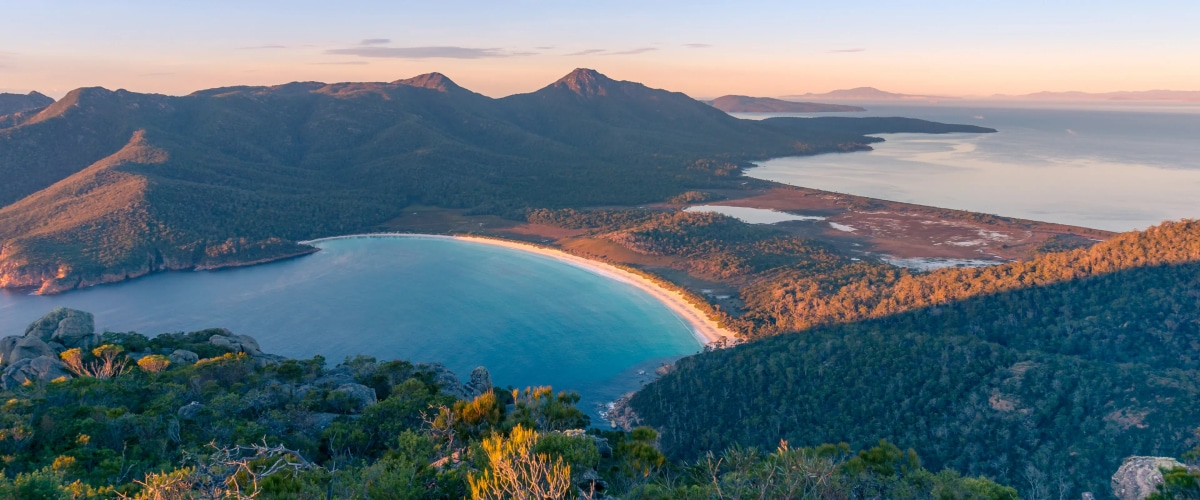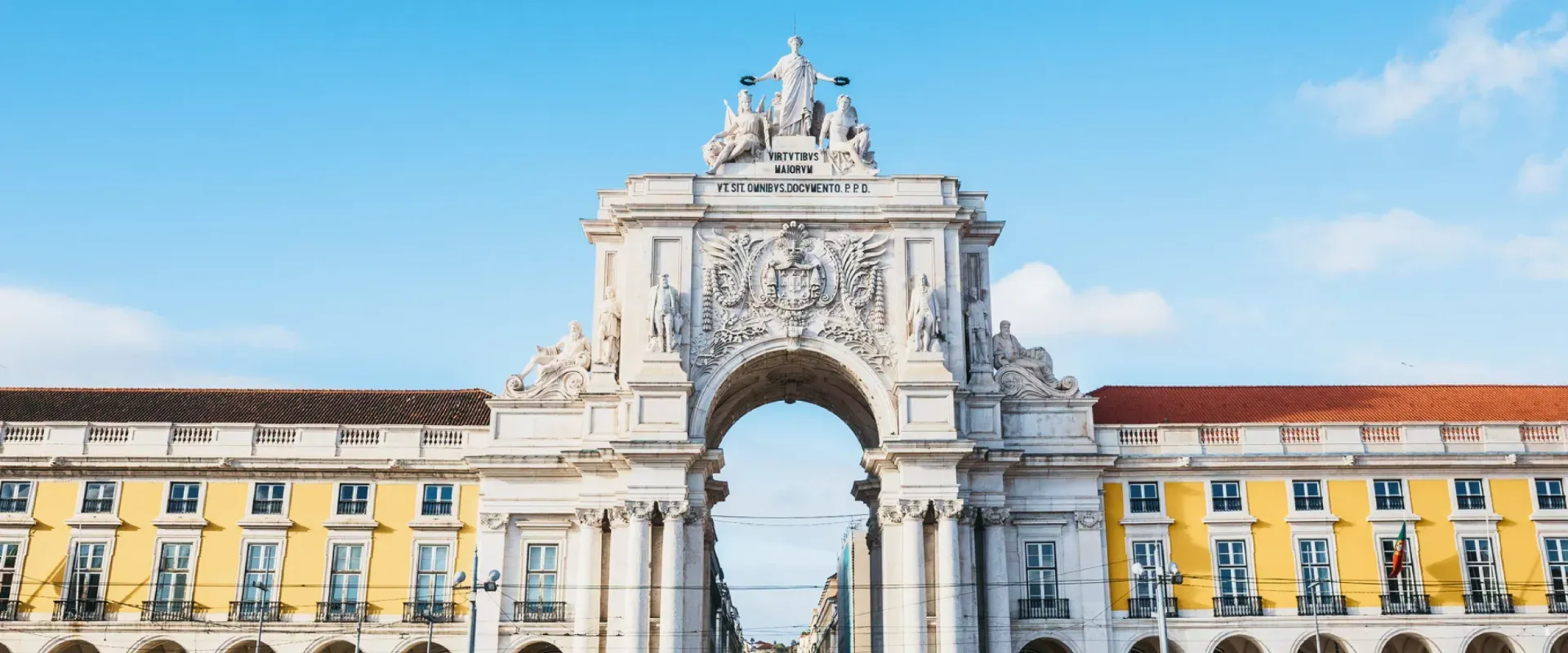
15 of the Best Things to Do in Rome
Table of Contents
Rome is called the Eternal City for a reason. You can see more than 2,000 years of history in a day, and a trip to Rome would be incomplete without seeing some of the sights associated with its most important historical periods. Ancient ruins like the Colosseum and the Roman Forum attest to the empire’s wealth and power.
After the fall of the Roman Empire, the Renaissance brought outstanding artistic achievements by Michelangelo and Raphael. That gave way to the Baroque period when artists like Caravaggio, Bernini, and Borromini sculpted dramatic fountains and built ornate churches with incredible paintings inside. The city has been continually renewed and redeveloped right up until the present day.
The best things to do in Rome touch upon all these periods—and many of them are free. Just pace yourself—there’s a lot to see and do in the city. Most visitors prioritize the top bucket list sites, but beyond those, there’s a wealth of under-the-radar palaces, museums, and other hidden gems.

1. The Colosseum

Built over an artificial lake created by the infamous emperor Nero, the Colosseum remains a testament to the Roman Empire’s glory. It took a mere eight years to build and was inaugurated in 80 A.D. by the emperor Titus, whose father Vespasian ordered its construction. Yes, gladiators fought here, but some 50,000 spectators packed into the stands to see wild animals brought from all corners of the empire.
Tickets are released a month in advance, and they sell out quickly, so plan ahead. If you want to do a guided tour, be sure to book with a reputable company, like Imago Artis Travel or Roma Experience, not the scammers who stand outside the monument offering tours or skip-the-line tickets to gullible tourists. Keep your ticket because you can also use it to get into the Roman Forum and Palatine Hill. If you want to visit the underground passageways, you’ll need to book a guided tour.
2. The Roman Forum and Palatine Hill

With temples, government buildings, and shops, the Roman Forum was once the bustling hub of the Roman Empire. On one end, you can admire the Arch of Septimius Severus, built in 203 CE to commemorate Emperor Septimus Severus’ victory over the Parthians. Then walk up the ancient Via Sacra toward the Arch of Titus, built to celebrate the Roman sacking of Jerusalem. Along the way, you’ll see the temple of the Vestal Virgins, who were tasked with the important job of keeping the fire going, and many other archeological relics.
The Roman Forum and Palatine Hill are part of a continuous complex. Continue walking up past the Arch of Titus, and you’ll soon come to Palatine Hill, which has been compared to the Beverly Hills of ancient Rome. This is where the rich and powerful, including Augustus Caesar and his wife Livia, built their lavish palaces. Expect to spend at least two to three hours visiting the complex.
3. The Vatican Museums

One of the top attractions in Rome, the Vatican Museums actually comprise 24 museums, plus various galleries and chapels. Highlights include ancient statues like the Belvedere Torso and Laocoön and His Sons, the incredible frescoes in the Raphael Rooms, the Gallery of Maps, and of course, the Sistine Chapel. There’s also an Egyptian museum, an Etruscan museum, modern art by the likes of Matisse and Chagall, and even a piece of the moon gifted to the pope by Richard Nixon.
If you opt for a guided tour, they typically last a couple of hours, and then you’ll be free to continue wandering through the galleries at your leisure or go straight to Saint Peter’s Basilica through a passageway from the Sistine Chapel. If you want to avoid the crowds, you can take a Prime Experience tour at 8am, one hour before the official opening time, which costs €68 and can be booked via the Vatican Museums’ official website. The most exclusive tour is the 6am. sunrise tour with the clavigero (i.e. the key keeper) as he opens the doors to the museum. There are select dates available via GetYourGuide for €200. High-end tour operators like Imago Artis Travel and Roma Experience also offer this tour.
4. Piazza Navona

One of Rome’s liveliest public squares, Piazza Navona gets its shape from an ancient racetrack on which it was built. Bernini’s Fountain of the Four Rivers steals the show with its lifelike figures that represent the longest rivers of the four continents known at the time: the Nile, the Ganges, the Danube, and the Plata. Legend has it that the figure representing the Plata shields his eyes with his hand in recoil from the Church of Sant’Agnese in Agone, built by Bernini’s rival Borromini.
5. Centrale Montemartini
At this under-the-radar museum housed in a decommissioned power plant in hip Ostiense, ancient statues of Romans in togas stand in stark contrast to the early 20th-century machinery from the power plant that now stands as industrial relics. The pieces on display are drawn from the Capitoline Museums’ collection and include works like the Esquiline Venus and a large mosaic depicting a hunting scene. Also on display are the 19th-century train carriages of Pope Pius IX.
6. The Pantheon

Located in the centro storico, a five-minute walk from Piazza Navona, the Pantheon is the best preserved ancient Roman monument because it was turned into a church in 608 CE. It was entirely rebuilt around 120 CE by the emperor Hadrian on the site of an even older temple to all the gods. The oculus in the ceiling allows the sunlight—and rain—to stream in. That’s why there are drainage holes in the floor. It’s also the final resting place for some famous Italians, including Raphael, King Vittorio Emanuele II, and King Umberto I. While the Pantheon is free for residents of Rome, as of July 2023, all others must pay 5 euros to enter.
7. The Spanish Steps

Probably the most famous staircase in Europe, the Spanish Steps were built in 1725 to connect the Trinità dei Monti church with the piazza (home to the Spanish Embassy to the Vatican, hence the name) below. At the foot of the stairs is the Barcaccia, a fountain in the shape of a sinking boat created by Bernini. The stairs and the piazza have appeared in many films, including Roman Holiday and The Talented Mr. Ripley. From mid-April through mid-May, the steps are decorated with potted azaleas, which makes for an especially beautiful scene. In 2019, the city banned sitting on the Spanish Steps, so be warned: sit, and you could get a fine.
8. Trevi Fountain

Immortalized in films like La Dolce Vita, the iconic Trevi Fountain is one of the marvels of the centro storico. The larger-than-life fountain was designed in the 1700s by Nicola Salvi, who placed the figure of Oceanus atop a shell-shaped chariot at the center, surrounded by horses and tritons. The fountain was restored in 2014, thanks to funding from Fendi.
Legend has it that if you throw a coin into the fountain, you’ll return to Rome. Toss two coins, and you’ll return and fall in love. Toss three coins, and you’ll return, fall in love, and marry. If you want to avoid the huge crowds that gather around the fountain, visit early in the morning or late at night.
9. Galleria Borghese and Villa Borghese

Cardinal Scipione Borghese had this magnificent palazzo built in 1612 to house his enviable art collection, and the beauty of the palace, with its incredible ceiling frescoes, rivals the art on the walls. The collection includes masterpieces like Antonio Canova’s sculpture of Pauline Borghese as Venus Victrix, Bernini’s Apollo and Daphne, and paintings by Caravaggio, Raphael, Pinturicchio, Bellini, Rubens, and Titian. Tickets must be purchased in advance for timed slots.
After visiting the Galleria Borghese museum, spend some time strolling through Villa Borghese, the verdant park that was once part of Cardinal Scipione Borghese’s sprawling estate. It’s a destination in and of itself, with manicured lawns perfect for picnics, a small lake with a replica of an ancient temple, a replica of Shakespeare’s Globe Theatre, and several other small museums.
10. The Capitoline Museums
Second in size only to the Vatican Museums, this was actually the world’s first public museum. The Capitoline Museums’ enormous collection includes masterpieces of ancient art, including the colossal head, foot, elbow, and finger from a statue of the emperor Constantine that once stood in the Forum. Other highlights include a statue of the She Wolf (the symbol of Rome), the original bronze statue of Marcus Aurelius on horseback (the one on Piazza del Campidoglio is a replica), and two paintings by Caravaggio. The museum also has an unparalleled view of the Roman Forum.
11. Appia Antica

A lot of visitors to Rome make a beeline for the Colosseum and the Roman Forum but miss the Appia Antica, the ancient road that ran all the way to Brindisi in modern-day Puglia. Because it’s outside of the city center, it takes a bit of effort to get to, but it’s worth it if you want to escape the crowds and still see some incredible ancient ruins. Spread over more than 590 acres, the bucolic Parco Regionale dell’Appia Antica has a few itineraries to follow, ranging from about 2.5 to 4.5 miles. To get there on public transit, you can take a bus that will take about 30-40 minutes, depending on where in the city you’re coming from (there are several bus lines that stop near the entrance to the park). Otherwise, expect about a 20-30 minute taxi ride that will cost around €20-30.
Once you arrive, you can rent bikes and cycle along the aqueducts or bring a picnic and join the locals eating in the shadows of the ruins. The Parco degli Acquedotti within the Appia Antica is especially scenic and was featured in a couple of films. You can also visit the catacombs of San Sebastiano and San Callisto as well as other sites like Quintili’s Villa and Cecilia Metella’s tomb.
12. Trastevere

Spend some time wandering around this quintessential Roman neighborhood. Known for its artsy, bohemian vibe and buzzing nightlife, this is where you’ll find those postcard-perfect ochre buildings draped with ivy, cobblestone streets, and lively trattorias and bars. On Piazza Trilussa, there are often street performers in the evenings, when locals and visitors flock here to have a good time. It can get quite crowded on nights and weekends, especially in summer, so if you want to avoid the crowds, come in the morning or early afternoon. There aren’t many museums and monuments in the neighborhood, but it’s worth visiting the Villa Farnesina to see Raphael’s incredible ceiling frescoes.
13. Vespa Tour

You don’t need to know how to drive a Vespa to get around the city in style when you book a tour with Scooteroma. That’s because Rome’s leading Vespa tour company will send a local driver-guide to pick you up at your accommodation and drive you around the city for a half-day tour. Options include a classic tour, which is great for first-time visitors; a street art tour, which brings you outside the city center to up-and-coming neighborhoods like Ostiense and Pigneto; a cinema tour, which showcases Rome’s cinematic history; and even a countryside tour in the idyllic Castelli Romani just outside of Rome.
14. See incredible art in churches
There are more than 900 churches in Rome, and apart from museums, this is where some of the city’s greatest artistic masterpieces can be seen. Aside from St. Peter’s Basilica, which is home to Michelangelo’s Pietà, some churches worth visiting are San Luigi dei Francesi in between Piazza Navona and the Pantheon, which has three paintings by Caravaggio; Santa Maria della Pace near Piazza Navona, which has frescoes by Raphael; Santa Maria della Vittoria, which houses Bernini’s Ecstasy of Saint Teresa; and San Pietro in Vincoli in Monti, where you can gaze upon Michelangelo’s lifelike statue of Moses. Churches are free to visit, but sometimes a coin is required to illuminate the artwork.
15. MAXXI

Though history is always around the corner in Rome, the city’s glories don’t lie entirely in the past. For a glimpse at the city’s modern attractions, head up to the Flaminio district to visit this museum dedicated to 21st-century art. The starkly modern architecture by the late architect Zaha Hadid is an attraction in and of itself, but it’s worth checking to see what’s on view.
Fans of modern architecture may want to explore the neighborhood further. Nearby you’ll find the Auditorium Parco della Musica, a concert hall designed by Renzo Piano, and the Ponte della Musica, a modern pedestrian bridge connecting Flaminio to the other side of the river, where you can see the Foro Italico sports complex, a rationalist feat built under Mussolini’s reign.
Going Picks for best things to do in Rome
Beyond the heavy-hitting museums, there are many small palace museums where you can see how the Roman aristocracy once lived. Palazzo Colonna is one of the most spectacular. It was a filming location in Roman Holiday and is still partly inhabited by the noble Colonna family. Palazzo Doria Pamphilj, right on bustling Via del Corso is another one that features gorgeous chandeliers and art crowding the walls. Palazzo Altemps near Piazza Navona has incredible frescoes done in the grotesque style in the loggia and houses ancient statues. Galleria Spada near Campo de’ Fiori is worth visiting to see Borromini’s false perspective, a hallway in the courtyard that’s actually much smaller than it looks.
See Going's deals on flights to Rome, and join today to get cheap flights from all over the world delivered right to your inbox.
Read more about Rome
Last updated August 28, 2024









